(ECNS) -- A research report named Rethinking Supply Chains in Asia Pacific released by Consulting company PwC on Friday shows that over 70 percent of the surveyed companies stated that they had not considered relocating their production or procurement departments out of China, indicating a high level of confidence in the development prospects of the Chinese market.
From the perspective of multinational corporations' supply chain plans and considerations, the survey shows that most multinational corporations are willing to stay in the Chinese market.
More than 80 percent of the respondents listed "huge local market" as their primary consideration for establishing and retaining their supply chain in China, while "improved industrial chains and related supporting facilities" and "improved infrastructure" ranked second and third.
In addition, the high agility of the supply chain, abundant human resources, and a high level of digitalization in industries and commerce are also important factors that attract multinational corporations.
In terms of adjusting the supply chain, the survey shows that cost is the primary consideration for multinational corporations when choosing a location. The report pointed out that although some factor costs in China have far exceeded those in Southeast Asian countries, China retains a high level of attractiveness in the manufacturing industry in Asia-Pacific and even globally due to its high labor efficiency, strong competitiveness in logistics, and overall low tariff levels.
Huang Yaohe, managing partner of PwC cross-border services in China, believes that as the world's second-largest consumer market, China's existing advantages in the global industrial chain still hold great appeal to foreign investment. At the same time, under the framework of the Regional Comprehensive Economic Partnership (RCEP), China is continuously deepening its cooperation with member countries. In the new round of supply chain transformation opportunities, there is huge potential for cooperation between China and Southeast Asian countries.











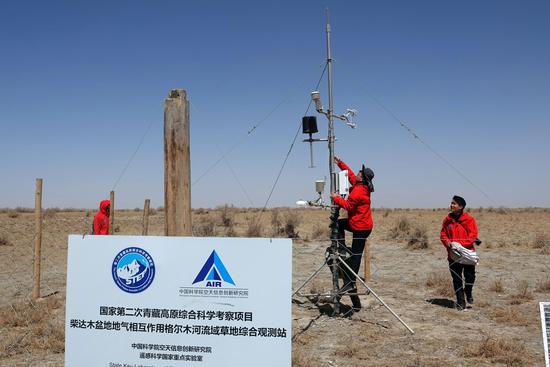


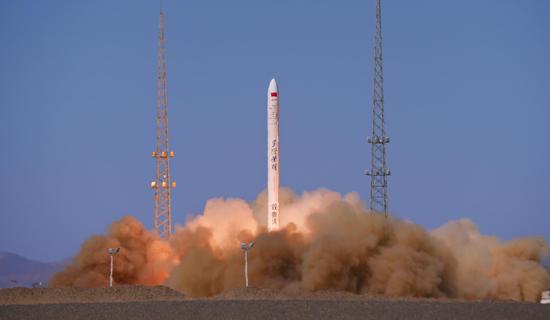

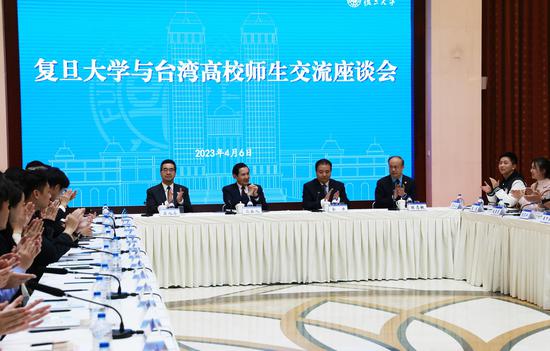
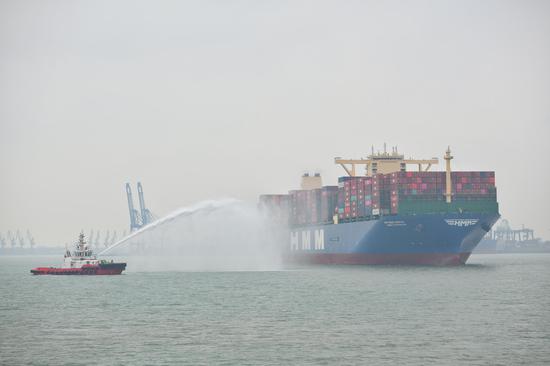




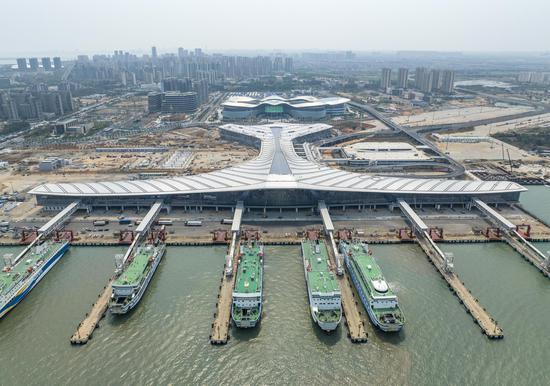



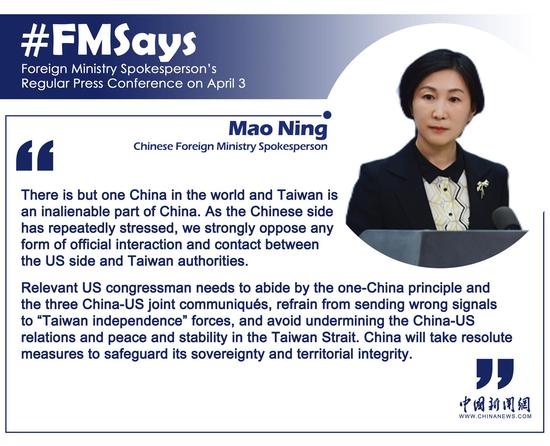








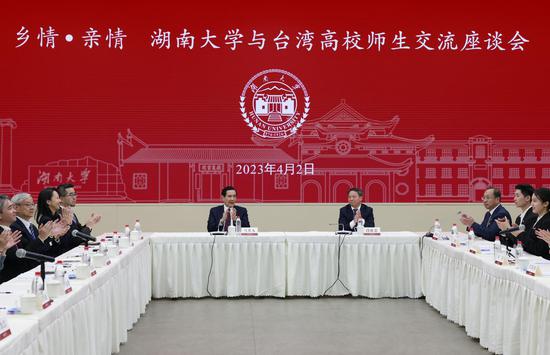


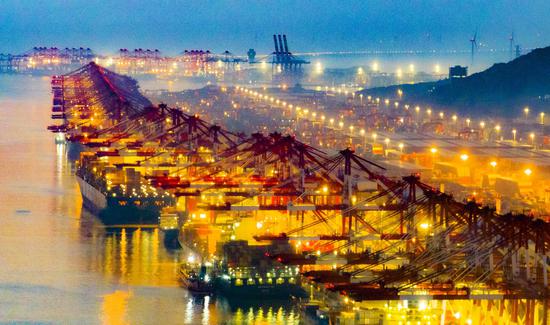











 京公网安备 11010202009201号
京公网安备 11010202009201号